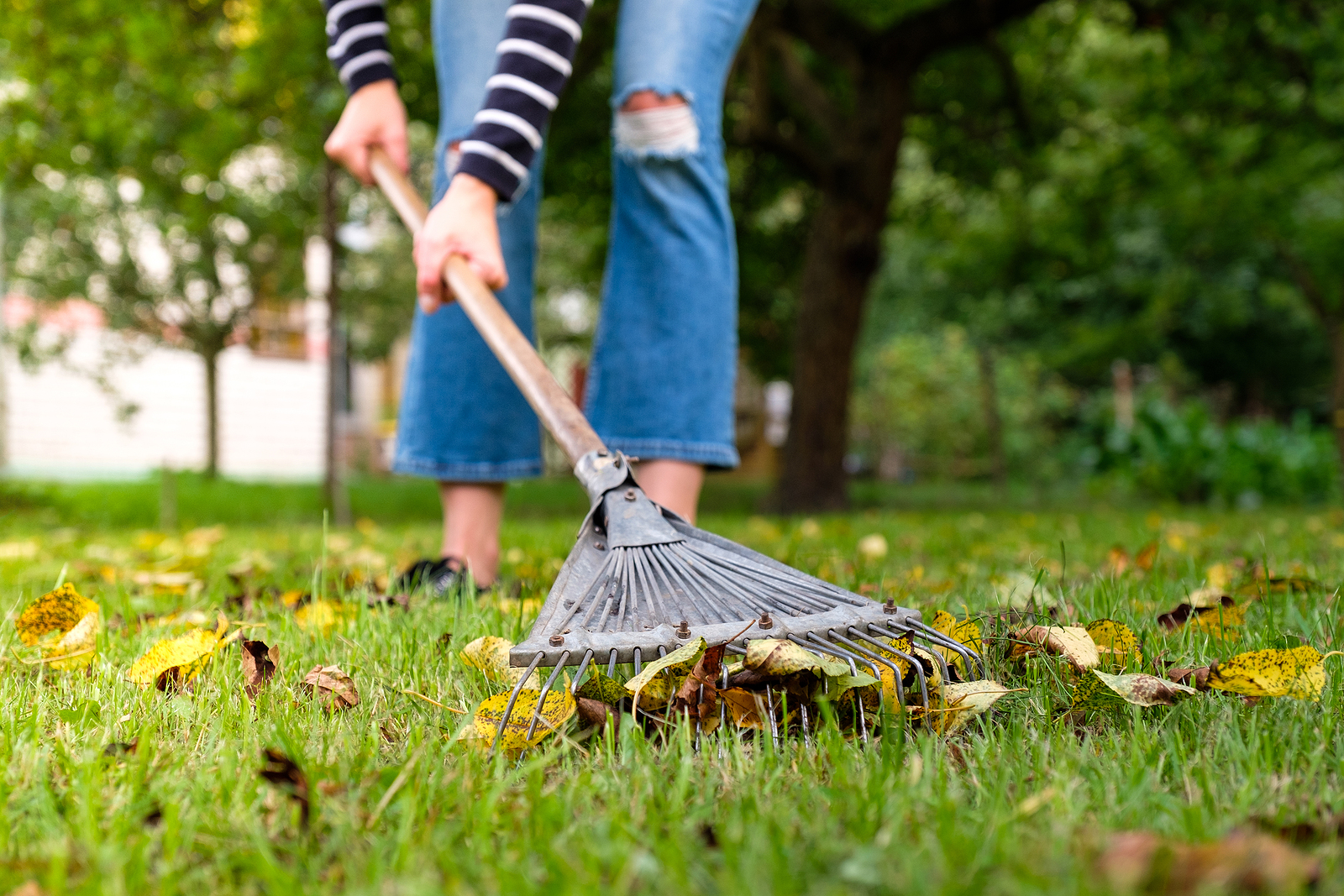Summer 2020 brought record-breaking heat, leaving many home gardens in tatters.
In fact, “July 2020 has tied for second-hottest July on record for the globe,” according to scientists with the National Oceanic and Atmospheric Administration (NOAA).
“… the Northern Hemisphere saw its hottest July ever,” they concluded.
The results included crispy foliage, flowers that didn’t bloom when expected and vegetable gardens starved for shade.
Temperatures are thankfully falling as we head into autumn, a welcome change for gardeners and their plants. A new season and a new opportunity to grow, whether you’re a flower gardener or crave home-grown vegetables.
Let’s get rid of summer’s detritus and get that fall garden underway.
Prepare for planting
The first step to a successful autumn garden is to clean up the beds. Get rid of plants that sizzled over the summer and anything else that needs to come out to make room for new plants.
Don’t allow the roots to remain. Use a hand tiller to get at them and get them out of the ground.
- Trim the dead and dying leaves and flowers from your perennials and add a layer of mulch over the root zone to protect them from winter’s cold.
- Divide perennials that have become overgrown. Those that tolerate October division include Oriental and Asiatic lilies, daylilies, bearded iris, sedum and hosta. For a walkthrough on dividing hosta, visit Gardenologist.org.
- Add a layer of compost (about 6 inches is fine) to the top of the soil and dig it into the top 12 inches of soil.
- If you’ll be growing in containers, add some compost to those as well.
Get planting
October is a great month to plant new trees and shrubs. Keep them well-watered so they establish quickly. Stop watering when the ground freezes.
It’s also a good time to plant those cool season annuals, such as:
- Chrysanthemum
- Daisies
- Echinacea
- Pansies
Don’t forget to get your tulip, crocus and daffodil bulbs into the ground this month.
There are many vegetable plants that thrive in the fall weather, especially if you experience frost-free winters. Consider growing the following:
- Beets
- Brussels sprouts
- Cabbage
- Carrots
- Cauliflower
- Collards
- Garlic
- Kale
- Lettuce
- Mustard
- Onions
All of these can be planted from now until late October.
Keep an eye out for pests
Don’t let late-season pests take control of your vegetable garden. Prepare yourself to do battle with them and you’ll have a bountiful harvest. Here are some of the more common fall garden pests to look for:
Aphids—The bane of summer gardens, they’re almost as prolific in fall. Lady beetles can help manage their numbers, but your best recourse is to squirt them off the plants with a strong blast of water from the hose.
Cabbage loopers—Small green caterpillars, cabbage loopers have voracious appetites. Keep an eye on the undersides of foliage, especially on cabbage, broccoli, collard greens and cauliflower. When you find them, treat the plant with Btk (Bacillus thuringiensis kurstaki). Learn more about cabbage loopers and how to control them at arbico-organics.com.
Cucumber beetles—Don’t let the name fool you; cucumber beetles enjoy lots of vegetables. These include:
- Beet
- Cabbage
- Eggplant
- Lettuce
- Onion
- Pea
You’ll win the battle if you can get to the larvae before they hatch in the soil. A spinosad spray can be applied as a soil drench and should do the trick.
Slugs and snails—And we thought bunnies are prolific! Snails – all of them, male or female – “… lay hundreds of eggs at a time with a gestation period of only 2-3 weeks, according to the pros at Superior Pest Defense.
“They lay more than half of their eggs in the fall making them a prime garden pest,” they conclude.
They feast mainly at night or on rainy days. Unless you control them you may not have a crop at all. Use a product like BONIDE® Slug Magic or Monterey All Natural Snail & Slug Spray.
Happy fall gardening!


